Field Voles
- December 21, 2023
- 0 comment
Field voles, scientifically known as Microtus agrestis, are small rodents that play a significant role in ecosystems, particularly in grasslands and meadows. Identified by their compact size and short tails, field voles typically measure around 3.5 to 5.1 inches in length, with a tail adding another 1.4 to 2.2 inches. These creatures are often confused with other small rodents, such as mice, but their distinguishing features include a blunt nose, rounded ears, and a shorter tail compared to mice. Found across a broad spectrum of habitats, field voles are prevalent in Europe and parts of Asia.
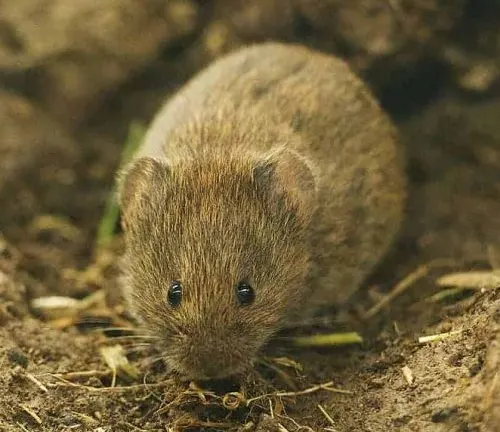
While field voles contribute to the balance of ecosystems by serving as prey for various predators, they can sometimes pose challenges for agriculture. Their burrowing activities may affect crop roots and create disturbances in agricultural landscapes. These conflicts have led to efforts to manage vole populations in certain areas, balancing the need to protect crops with the recognition of their ecological importance.

In terms of legal status, field voles are generally not protected, and control measures are often implemented to manage their populations when they become a threat to crops or other human interests. However, regulations regarding their control may vary depending on local and regional wildlife management policies.
Health and safety concerns related to field voles primarily arise from their potential impact on agriculture. Farmers may face challenges when voles cause damage to crops, impacting both productivity and economic outcomes. Additionally, their burrowing behavior can lead to changes in soil structure and water drainage, affecting the overall health of agricultural lands.
| Aspect | Description |
|---|---|
| Scientific Name | Microtus agrestis |
| Size | 3.5 to 5.1 inches (body length), 1.4 to 2.2 inches (tail) |
| Features | Blunt nose, rounded ears, short tail |
| Habitat | Grasslands, meadows, diverse habitats |
| Geographic Range | Europe, parts of Asia |
| Legal Status | Generally not protected; control measures may vary |
| Conflicts | Agricultural impact, burrowing activities |
| Health and Safety | Impact on crops, changes in soil structure |
| Ecological Role | Prey for various predators, ecosystem balance |
A Comprehensive Exploration
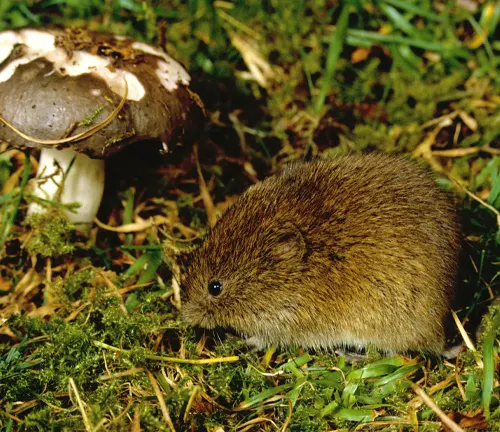
General Biology
Field voles, scientifically known as Microtus agrestis, are captivating creatures that play a crucial role in the intricate tapestry of ecosystems. These small rodents, measuring between 3.5 to 5.1 inches in body length with distinctive features like blunt noses and rounded ears, are found in various habitats across Europe and parts of Asia. This section delves into the general biology of field voles, shedding light on their physical characteristics and their significant presence in diverse ecosystems.
Reproduction
The reproductive prowess of field voles is a marvel of nature. Known for their rapid breeding habits, field voles can give birth to multiple litters in a year, with each litter containing several pups. This article explores the fascinating aspects of field vole reproduction, including the gestation period, the number of offspring per litter, and the critical role reproduction plays in their population dynamics.
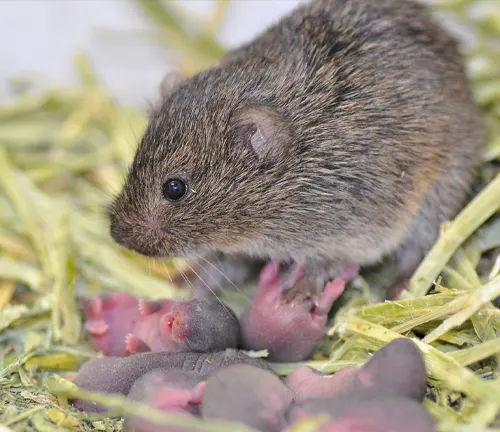
Behavior
Field voles exhibit a range of behaviors that contribute to their survival and ecological impact. From foraging and burrowing to interactions with conspecifics, these behaviors provide insight into the adaptation strategies of field voles. This section delves into the intricacies of their behavior, highlighting their social structures, communication methods, and responses to environmental stimuli.

Nesting/Denning Cover
The choice of nesting or denning cover is a crucial aspect of field vole life. Examining the selection of shelter for protection and reproduction, this article explores the various nesting and denning habits of field voles. Whether constructing intricate nests or seeking refuge in burrows, understanding their choices unveils the resourcefulness of these small rodents.
Habitat
Field voles are versatile inhabitants, thriving in an array of habitats ranging from grasslands to meadows. This section explores their habitat preferences, discussing the factors that influence their distribution and how they contribute to the overall biodiversity of their surroundings.
Food Habits
A glimpse into the dietary preferences of field voles reveals their role as herbivores. Consuming a variety of plants, seeds, and grasses, these rodents influence the vegetation dynamics of their habitats. This article provides insights into their food habits, emphasizing the impact of their foraging behavior on local ecosystems.
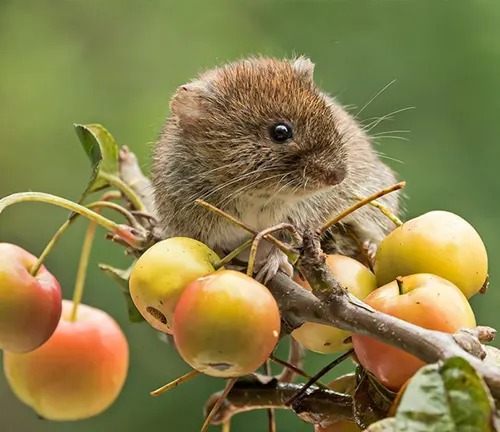
Voice, Sounds, Tracks And Signs
While field voles are not known for vocalizations, they communicate through subtle sounds, tracks, and signs. Unraveling the mystery of their communication methods, this section explores the nuances of field vole interactions, from the traces they leave behind to the significance of their subtle vocal expressions.
Unveiling Damage Across Different Fronts
Damage Identification
The elusive world of field voles can sometimes collide with human interests, and identifying the signs of their presence is the first step in understanding and mitigating potential damage. From subtle tracks and gnawed vegetation to the unmistakable scent of their nests, this article guides readers through the art of damage identification, providing insight into the telltale signs that field voles leave in their wake.
Damage to Landscapes
Field voles, with their burrowing habits, can significantly impact landscapes, altering the topography and soil structure. This section explores the consequences of their subterranean activities, shedding light on how field voles reshape the very ground beneath our feet and the broader implications for the health of natural environments.
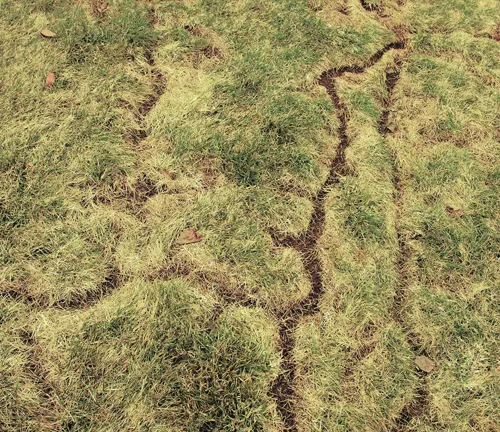
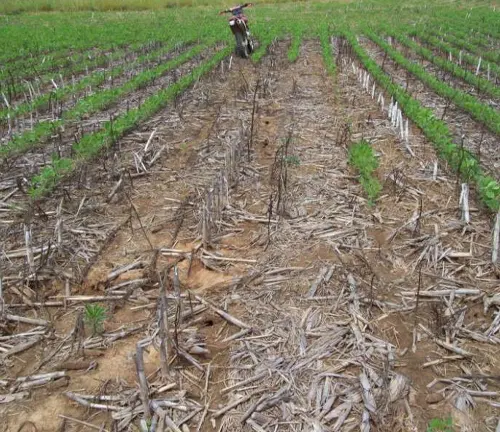
Damage to Crops and Livestock
For farmers and agricultural enthusiasts, the presence of field voles can be a double-edged sword. This article delves into the specific challenges posed by field voles to crops and livestock. From nibbled roots and damaged vegetation to potential threats to grazing animals, understanding the agricultural impact of field voles is crucial for devising effective strategies for coexistence.
Damage to Structures
Beyond the fields and meadows, field voles may venture into human-made structures, causing damage to buildings and other constructions. This section explores the potential risks and challenges associated with field voles infiltrating structures. From compromised foundations to the gnawing of wiring and insulation, uncovering the extent of their impact on man-made environments is essential for implementing preventive measures.
Strategies for Preventing and Controlling Field Vole Damage
Damage Prevention and Control Methods
As the delicate dance between humans and field voles unfolds, finding effective strategies to prevent and control damage becomes paramount. This article provides an overview of various methods aimed at mitigating the impact of field voles, exploring both preventive measures and active control techniques to strike a harmonious balance in coexistence.
Habitat Modification
Understanding the preferences and habits of field voles allows for strategic habitat modification. This section delves into how altering the landscape can discourage field voles from establishing nests and burrows in areas of concern. From adjusting vegetation to managing ground cover, habitat modification offers a proactive approach to minimizing potential damage.
Exclusion
Creating physical barriers to keep field voles at bay is a fundamental aspect of damage control. Exclusion methods range from protective fencing around crops to utilizing mesh barriers in vulnerable areas. This article explores the art of exclusion, emphasizing the importance of creating obstacles that discourage field voles from accessing spaces where they might cause harm.
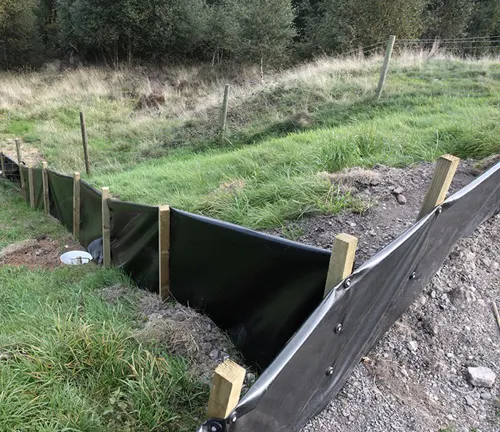
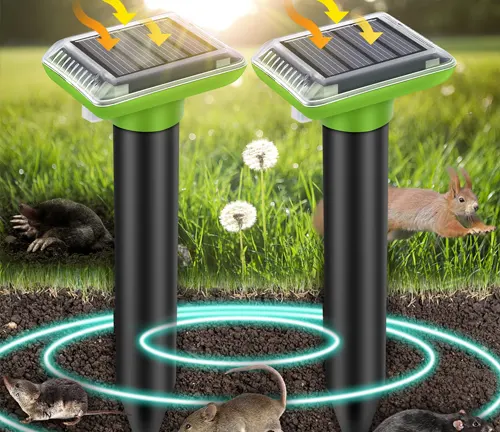
Frightening Devices
In the realm of non-lethal methods, frightening devices offer a humane way to deter field voles. This section explores the various auditory and visual devices designed to startle and discourage these rodents. From ultrasonic sound emitters to motion-activated lights, frightening devices present an intriguing avenue for minimizing damage without resorting to more drastic measures.
Repellents
Harnessing the power of scent and taste, repellents serve as another line of defense against field vole damage. This article explores the world of natural and chemical repellents, examining how these substances can be strategically deployed to create an environment that field voles find unappealing. From plant-based solutions to commercial repellent products, this section uncovers the diverse options available.
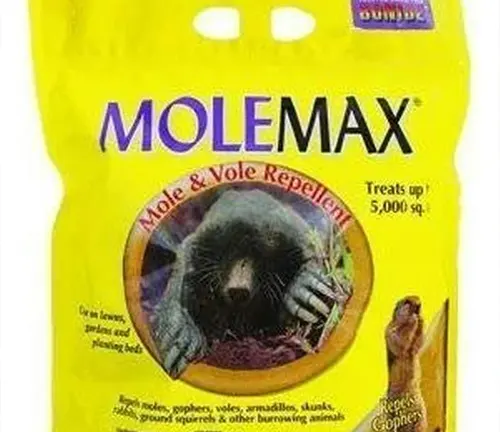
Toxicants
While a more aggressive approach, the use of toxicants can be an effective method for controlling field vole populations. This article navigates the complexities of employing chemical substances, highlighting considerations for safety, environmental impact, and regulatory compliance. Understanding the responsible use of toxicants is crucial for achieving targeted control without undue harm.
Shooting
For those in rural settings, shooting remains a traditional method for controlling field vole populations. This section explores the considerations and ethical aspects of using firearms to manage these rodents. From accuracy to the importance of adhering to local regulations, shooting is presented as a method requiring skill, responsibility, and a nuanced understanding of the environment.
Trapping
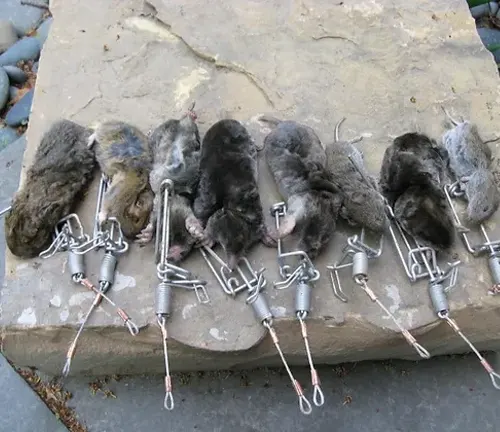
Trapping represents a humane and targeted approach to controlling field vole populations. This article delves into the various types of traps available, discussing their effectiveness, ethical considerations, and proper usage. From live traps to more traditional snap traps, trapping offers a hands-on method for addressing specific areas of concern.
Different Species
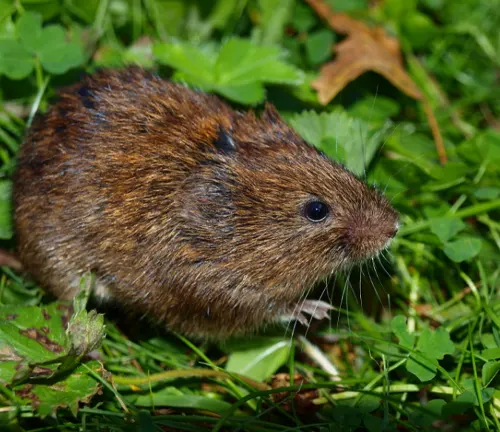
Common Field Vole
(Microtus agrestis)
As mentioned, this is the species commonly referred to as the field vole. It is distributed across Europe and parts of Asia, inhabiting a variety of habitats, including grasslands and meadows.
Water Vole
(Arvicola amphibius)
While not specifically a “field vole,” the water vole is another species of vole that may be encountered in different environments. It is often associated with water bodies, such as rivers and streams, and is native to Europe and parts of Asia.
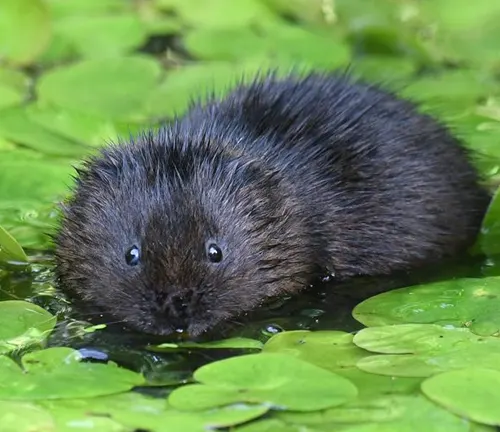
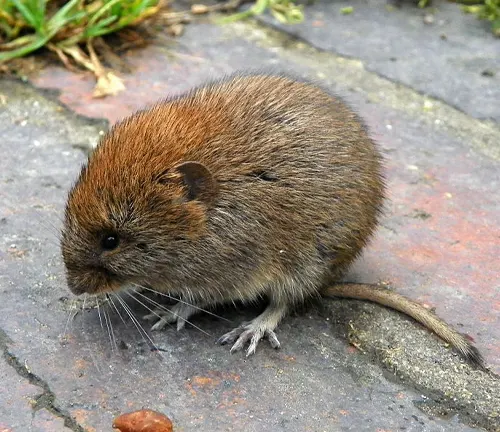
Bank Vole
(Myodes glareolus)
The bank vole is found in a range of habitats, including woodlands and grasslands, and is distributed across Europe and Asia. It is known for its burrowing behavior and is an important prey species for various predators.
Meadow Vole
(Microtus pennsylvanicus)
This vole species is native to North America and is commonly found in meadows, grasslands, and agricultural areas. It plays a role in the ecosystem as a prey species for many predators.


Southern Red-backed Vole
(Myodes gapperi)
Found in North America, this vole species is known for its reddish-brown fur along its back. It inhabits various forested environments and is an important part of the food web.
Taiga Vole
(Microtus xanthognathus)
Native to the taiga and forested regions of Asia, the taiga vole is adapted to colder climates. It is an herbivorous rodent that plays a role in shaping vegetation dynamics in its habitat.
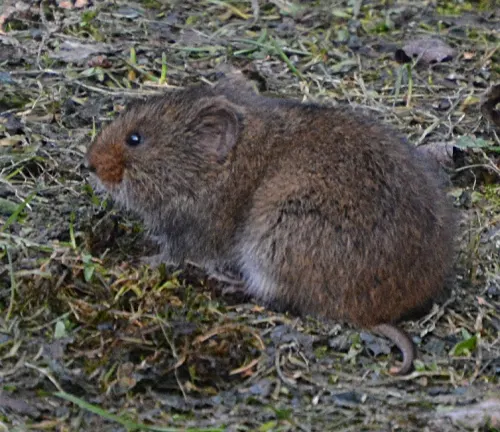
Frequently Asked Questions (FAQs)
1. What is a field vole?
A field vole, scientifically known as Microtus agrestis, is a small rodent species found in Europe and parts of Asia. It is characterised by its compact size, short tail, and presence in various habitats, including grasslands and meadows.
2. What is the role of field voles in ecosystems?
Field voles play a significant role in ecosystems as herbivores, contributing to vegetation dynamics. They also serve as prey for various predators, thus influencing the food web.
3. How do I identify a field vole?
Field voles have a compact body, short tail, blunt nose, and rounded ears. Their size typically ranges from 3.5 to 5.1 inches, with an additional 1.4 to 2.2 inches for the tail.
4. What is the reproductive behavior of field voles?
Field voles are known for their rapid breeding habits. They can give birth to multiple litters in a year, with each litter containing several pups.
5. How do field voles impact agriculture?
Field voles can cause damage to crops by nibbling on roots and vegetation. Their burrowing activities may also affect soil structure, posing challenges for farmers.
6. Are field voles protected by law?
Generally, field voles are not protected by law. However, regulations regarding their control may vary based on local and regional wildlife management policies.
7. What are some methods for preventing and controlling field vole damage?
Methods include habitat modification, exclusion (fencing), frightening devices, repellents, toxicants, shooting, and trapping. These approaches can be tailored based on specific situations and preferences.
8. Do field voles pose any health and safety concerns?
While field voles themselves may not pose direct health risks, their impact on agriculture can have economic implications. Burrowing activities may also affect soil structure and drainage.
9. How can I differentiate between field voles and other small rodents like mice?
Field voles can be distinguished by their blunt nose, rounded ears, and shorter tail compared to mice. Understanding these physical features helps in accurate identification.
10. What is the distribution of field voles?
Field voles are found in Europe and parts of Asia, and they inhabit a variety of habitats, including grasslands, meadows, and agricultural areas.


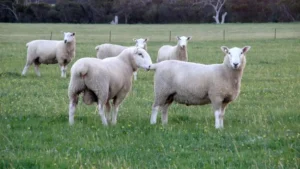
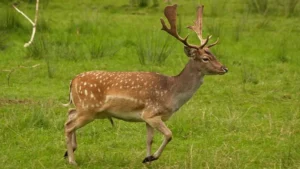

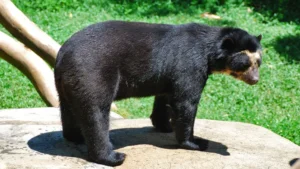
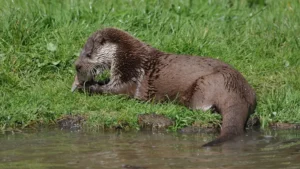


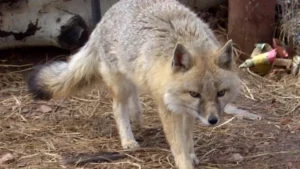
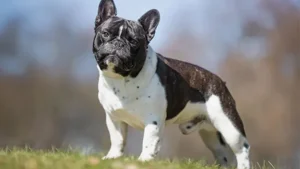


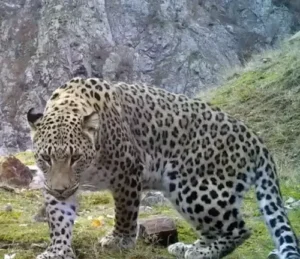
Leave your comment